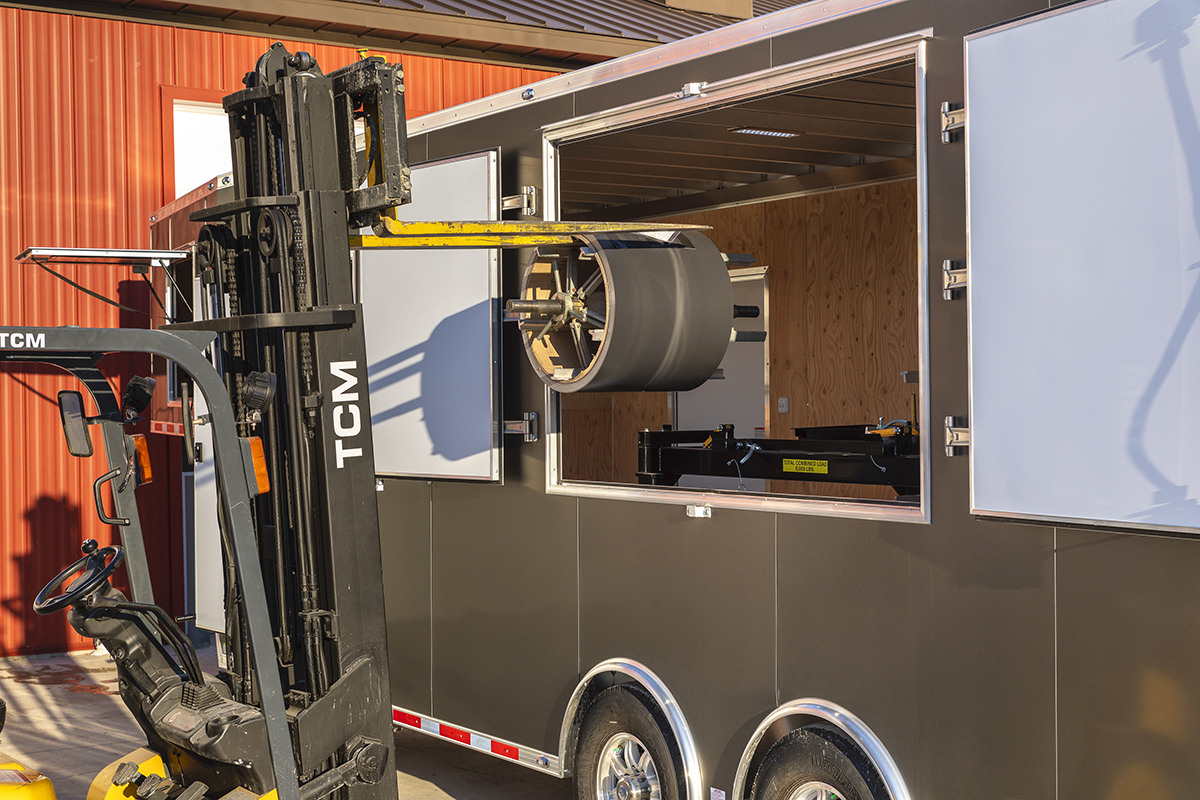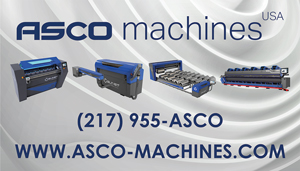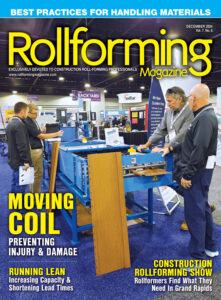By L. Townsend, Combilift
It always pays to take a critical look at the equipment that you use for moving loads in and around production facilities and in storage areas. Safety is paramount, followed closely by the need for effective and productive handling. Other issues to consider are financial outlay and sustainability. As technology advances, you may find that you have been somewhat left behind if you have relied on the “same old” trucks or machinery for a long time. So it pays to check in on market developments every so often to see what’s new out there.
Let’s look first at safety, and how to avoid pitfalls when it comes to this number one priority. Don’t compromise on equipment that is not 100% suitable for the task in hand. The indirect costs of not using the right trucks can be considerable in terms of downtime after collisions, product damage or repairs for damaged racking, and administrative costs for accident investigations. Disruptive workflow, delayed deliveries and unhappy customers are further consequences. And this is without counting the much graver human cost of any injuries that may be inflicted. What’s required are handling solutions tailored to specific challenges.
Coils and finished metal components are by nature heavy, bulky, and often long, and therefore potentially hazardous when being moved. They need to be stable and secure on any piece of equipment such as a forklift, and ideally transported at a low level rather than being lifted to height on raised forks. So how to maneuver long loads in tight spaces? Juggling a counterbalance truck backwards and forwards until you have eventually squeezed your load through an access doorway is an example of what not to do — as is using a couple of forklifts at either end of a load, which will incur the wrath of health and safety officers.
Multidirectional models such as those in the C-Series range from Combilift have been designed with a very low center of gravity and integrated platform which provide a stable base for resting product on during transportation, eliminating the need for elevated loads, even when negotiating around machinery, obstacles or parked vehicles. An additional benefit of these types of trucks is the ability to quickly change the wheel direction to enable sideways travel in confined spaces. This in turn allows for much better and cost-effective use of all available space which is one of a company’s most valuable assets.
Close encounters between forklifts and pedestrians are to be avoided wherever possible, as statistics prove that these are a major cause of accidents and injury to pedestrians. According to statistics, employees in the handling and warehousing industries are at a higher risk of workplace injuries and fatalities. The driver needs to have a clear view of the load, the forks, and the general surroundings to ensure safety for other personnel who may be in the vicinity. High cab position and generous glazing are features that help the driver’s line of sight.

A Combi-CB in operation handling long loads of finished metal components.
The Combilift C-Series can handle long loads of finished metal components
Another option is to look at pedestrian-operated stacker trucks. These work at speeds inherently lower than those of ride-on trucks, and the operator’s awareness of the immediate surroundings is improved as they are physically closer to the load, the machine, and people in the vicinity — and they are looking in the direction of travel at all times. These trucks are also not just for lighter loads. For example, the Combi-PPT powered pallet truck comes with lift capacities up to 32,000 lbs. and with power steering, dual rear wheel drive, and AC motor technology it enables one operator to easily maneuver heavy loads.
Sustainability is high on most companies’ agendas, and many are looking to switch to emission-free operations. Thanks to ever-improving battery technology, the performance of electric trucks is now on a par with diesel, and lift capacities are continually creeping up. Also, the ability to work in narrow confines even when carrying long loads can create up to 50% more space to maximize available storage capacity. This avoids the need to expand the size of a facility in times of growth, resulting in fewer new builds and lower energy consumption for heating and lighting, for a significant reduction in the physical and therefore carbon footprint.
Choosing the handling equipment that is suited to your needs will therefore safeguard your workforce, increase your productivity, cut costs, and improve your contribution to a better environment.



















